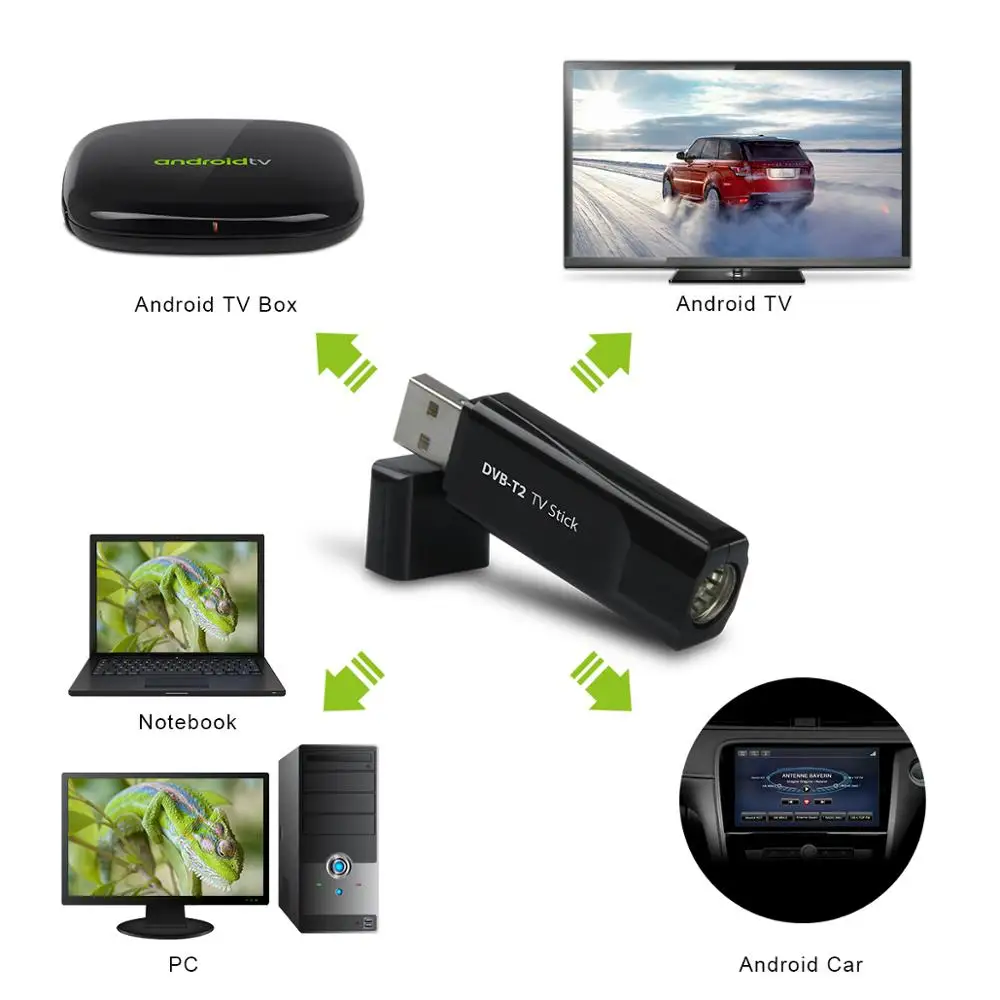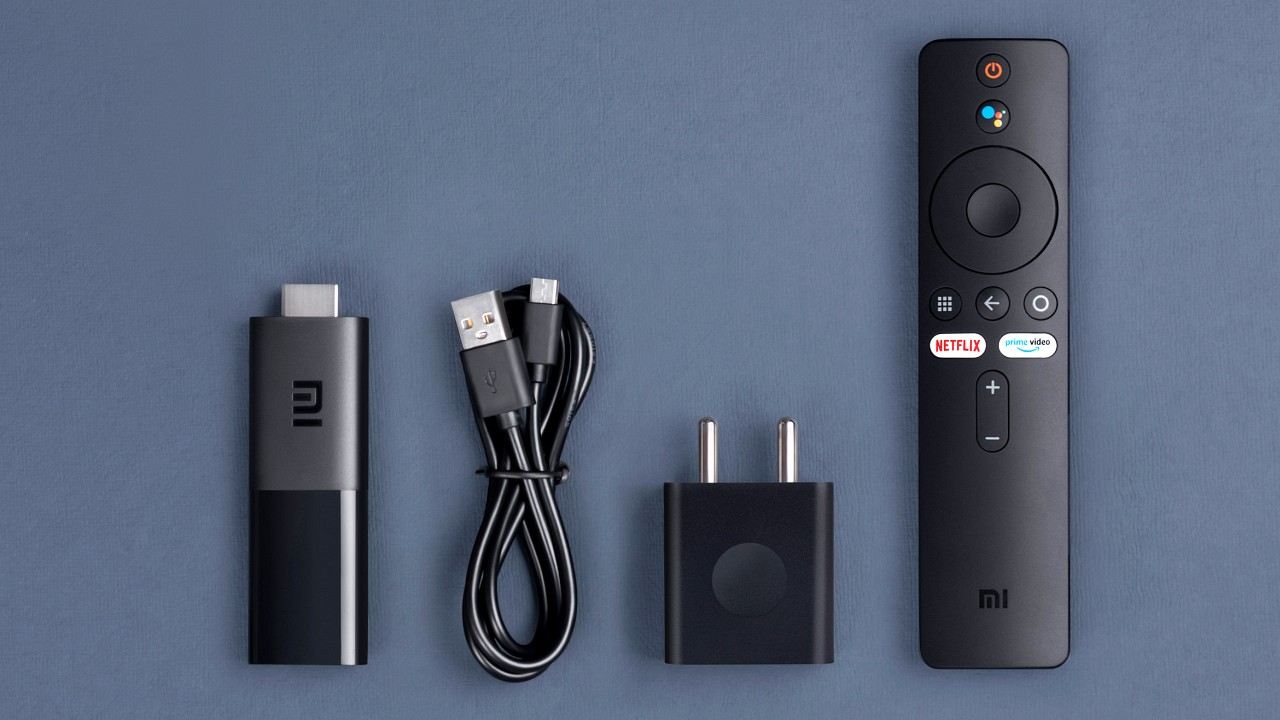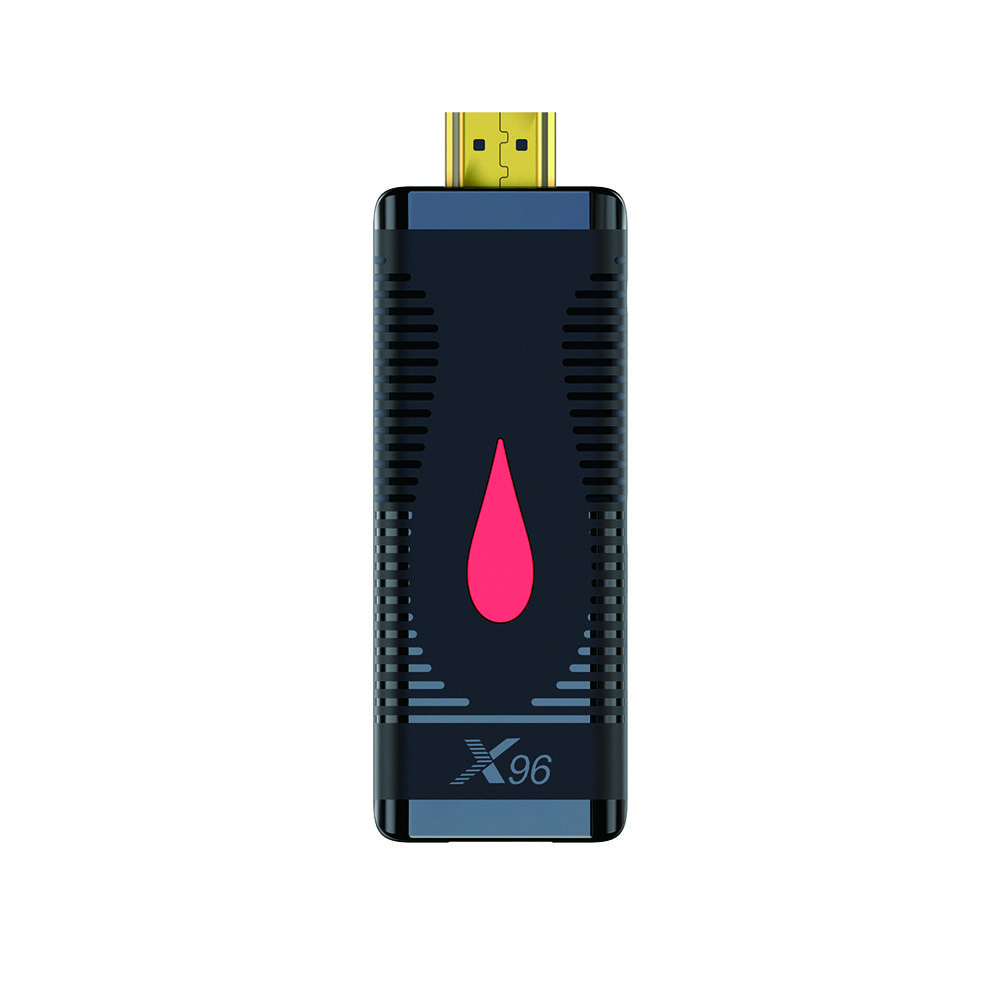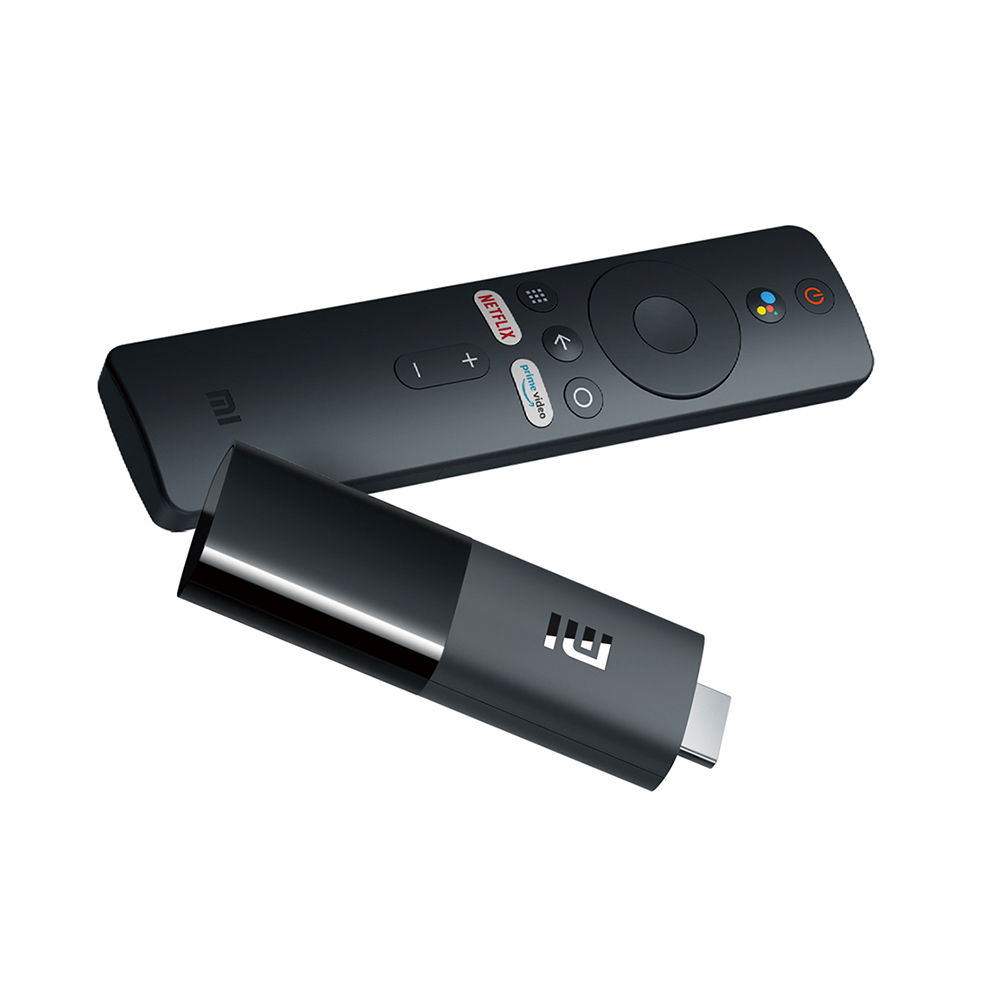
MK802 Android 4.0 USB Stick Mini PC Google Smart TV Box Internet Wifi - CeX (IE): - Buy, Sell, Donate

Type C Flash Drive Android | Pendrive Android Type C | Pendrive Usb Android Type C - Usb Flash Drives - Aliexpress

Αγορά Αρχική ήχου & βίντεο | MADETEC MK809 IV Android 5.1 TV Stick RK3229 Quad Core 2G / 16G WiFi Dongle 4K HDMI KODI XBMC 3D AirPlay Miracast DLNA Mini PC

Xiaomi Mi Tv Stick με τηλεόραση Android και τηλεχειριστήριο στην έξυπνη τηλεόραση Εκδοτική Φωτογραφία - εικόνα από boxcar, ambassadorship: 200211527

Αγορά Αρχική ήχου & βίντεο | dvb-t2 GENIATECH MyGica USB TV tuner Stick T230A DVB-C DVB-T HD TV for Russia Thailand Colombia Europe Win10 Android OS

Xiaomi Mi TV Stick review: An affordable way to convert a regular TV into a smart, Android TV- Technology News, Firstpost

Super-IT Mini Quad Core Pc/Tv Android Stick With Memory Card & Usb Input Media Streaming Device - Super-IT : Flipkart.com

Android TV Stick with Remote / Wifi / USB / MMC Slot – ThinkSBS – A full service business, management and trade consultants' team.














